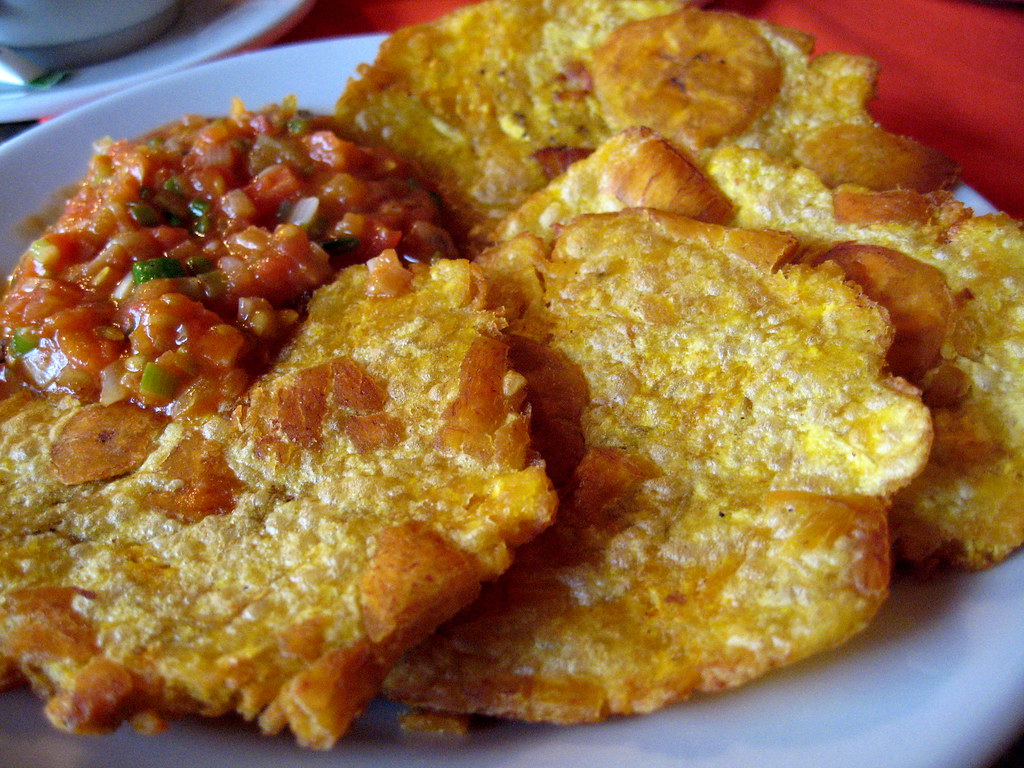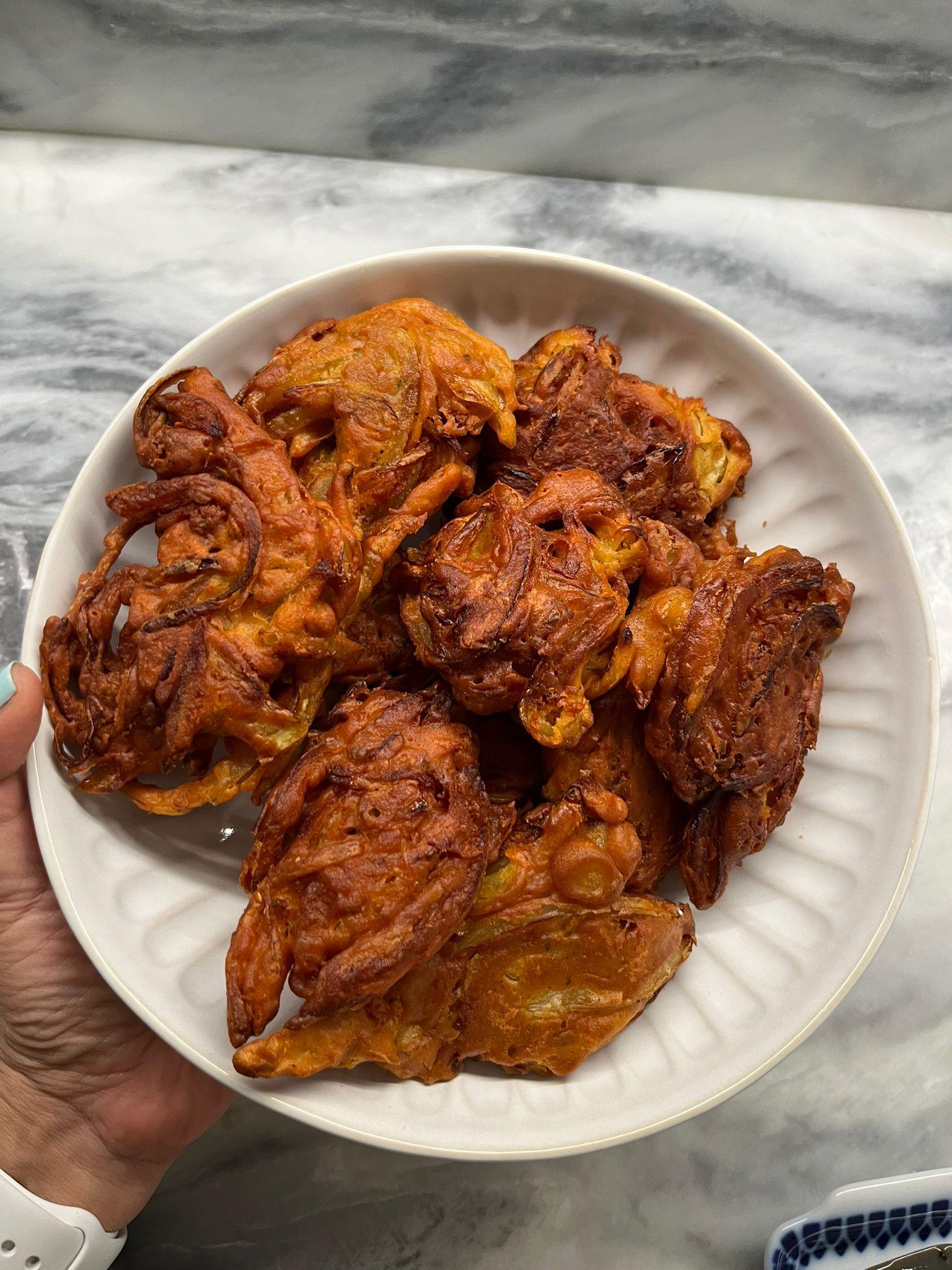(click here to read part one and part three of this 3-part series) Sarah Aroeste is a pioneer and leader in Sephardic Jewish culture and education. This three-part series about her twenty-year career speaks to a broader transformation that she has helped create in American Jewish life. Her newest recording, Hanuká, an album of all-Ladino holiday songs, will be released on November 19th.
In late 2000, as my first job out of college, I was a Program Associate at the now-defunct National Foundation for Jewish Culture. There, I was charged with organizing a conference on “New Jewish Musics.” Music as a plural. We saw that Jewish music was expanding its boundaries in innovative and surprising ways. It was the time of klezmer fused with every genre possible. It certainly was an exciting time to be part of the Jewish music scene — if you were Ashkenazi.
Not for lack of trying, I could not find twenty years ago enough musicians working from within Sephardic culture who could match the energy happening in the Ashkenazi world. On the one hand, I was inspired by the explosion in new music, but on the other, deflated that Sephardic culture was not represented. It was the first time I could see so starkly that my heritage was being left behind. Soon after the conference, I gave my notice and set out to form my band.
A basic truth, beyond my own musical passion, compelled me to take that leap. I was an educated young adult living in NYC surrounded by like-minded peers, and yet, I quickly learned that hardly anyone I encountered had ever heard of Ladino. It felt personal.
I had grown up with the knowledge that my family’s hometown of Monastir (now known as Bitola, in North Macedonia) lost 98% of its Jewish population during the Holocaust, the highest percentage in Europe. How was it possible that my Jewish friends didn’t know this? It was an affront! How was it that everyone- Jews and non-Jews alike– had heard of Yiddish -the Eastern European language lost because of the Holocaust, but no one had heard of Ladino, the most widely spoken Jewish language throughout the Eastern Mediterranean and Balkans up until WWII? To use a nice Yiddish word, it was a shonde, a disgrace. My beautiful culture was not reaching new generations. Could I let it die out with me? I had no choice: music was my most powerful tool to combat what I saw as the erasure of my family’s rich history.
Purists in Sephardic academia and ethnomusicology were concerned by my contemporary approach. I unabashedly combined traditional Ladino songs with electric guitar or took beloved melodies and gave them entirely new modes and interpretations. I was – and am still today – a firm believer that  we need to be authentic to ourselves as performers. At the time, I felt the music in ways that called for certain instrumentation and influences to be used. My self-righteousness combined with naiveté and my status as a single woman – all came together to present the music with a specific sound that represented where I was in my life then. Many did not like it. But I couldn’t be someone I wasn’t. My musical self-expression from twenty years ago was necessary to get me where I am today.
we need to be authentic to ourselves as performers. At the time, I felt the music in ways that called for certain instrumentation and influences to be used. My self-righteousness combined with naiveté and my status as a single woman – all came together to present the music with a specific sound that represented where I was in my life then. Many did not like it. But I couldn’t be someone I wasn’t. My musical self-expression from twenty years ago was necessary to get me where I am today.
I’m not sure who is more surprised, me or my mother, that my career in Ladino continues to flourish two decades on. I certainly would not have believed that I would be releasing my seventh album, publishing my second children’s book, leading heritage tours to Macedonia, and teaching workshops and performing concerts across the globe. What started as a music career has grown with me over the years- in age, in life-stage, and in continued discovery about my heritage. (part one) (part three)










